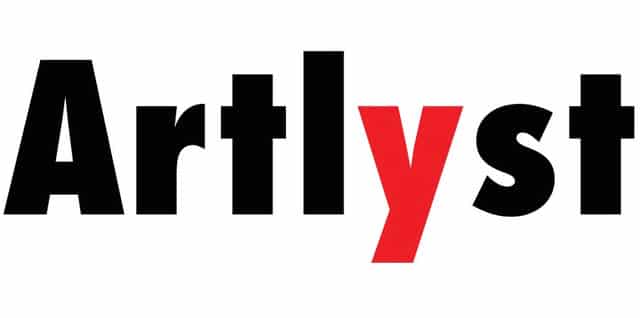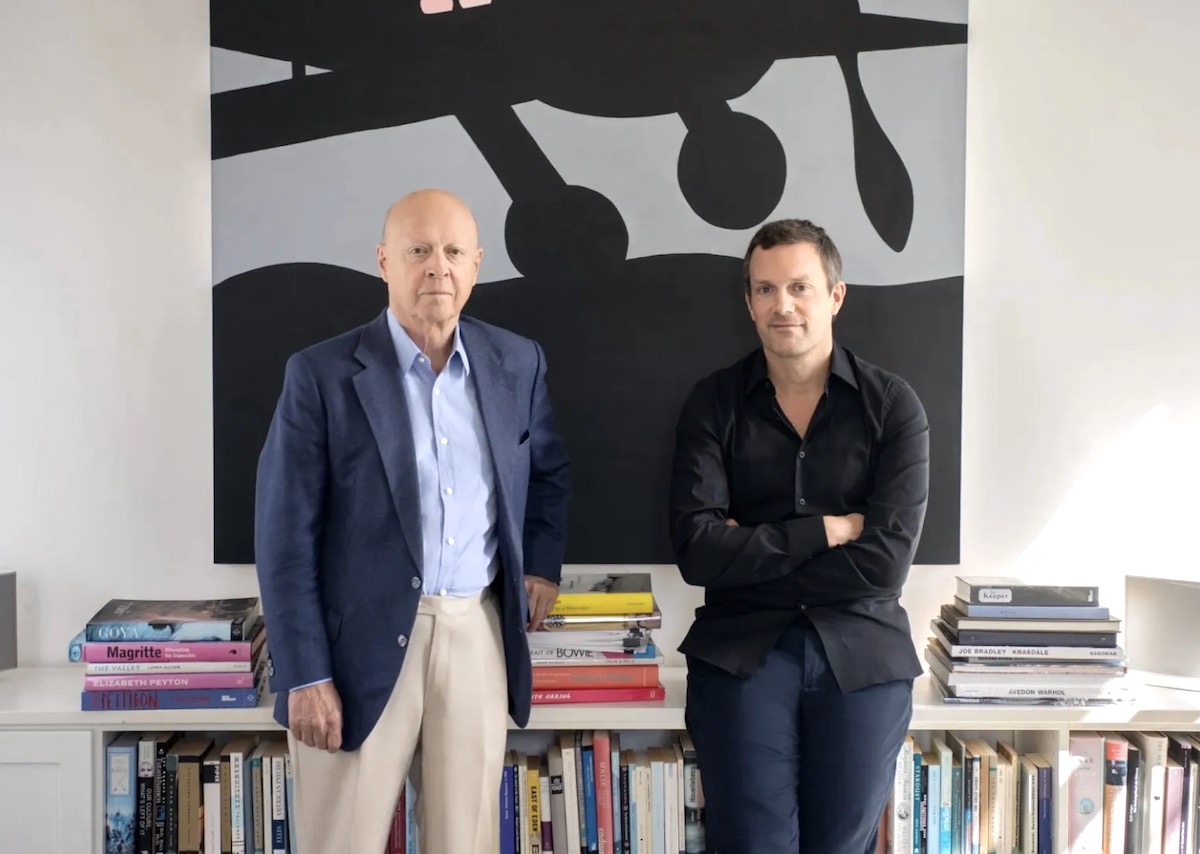Artnet AG’s already turbulent year took another turn this week with the abrupt resignation of CEO Jacob Pabst, delivered on Sunday evening just hours before the Berlin-based company’s annual general meeting. Shareholders were informed of the move by Supervisory Board chair Pascal Decker as the meeting opened—a dramatic prelude that underscored the deep fractures within the online art marketplace.
Pabst’s contract had formally lapsed at the end of August, and negotiations to extend his tenure collapsed at the eleventh hour. He is the son of Artnet’s founding chief executive, Hans Neuendorf, whose controversial long shadow has never quite lifted since his departure in 2012. The timing of Pabst’s resignation left shareholders facing a leadership vacuum at a critical moment for the company.
Stepping in as interim CEO is Andrew E. Wolff, whose Beowolff Capital has steadily tightened its grip on Artnet. Wolff already controls roughly 99 per cent of the shares and, through his Leonardo Art Holdings, also owns rival platform Artsy—an unusual consolidation of power in the online art market. Earlier this year, Wolff tabled a voluntary public takeover bid, a move that rattled Artnet’s identity as an independent player. Jan Petzel, managing director of Leonardo, expressed surprise at Pabst’s exit but welcomed the fact that the AGM proceeded rather than descending into stalemate.
The gathering itself, however, did little to reassure. According to German business daily Handelsblatt, the session was conspicuously one-sided. No members of Artnet’s management were physically present to face shareholders, and questions about the company’s financial outlook for 2025 went unanswered. What was offered instead was a corporate communiqué highlighting cost-cutting measures, ongoing restructuring, and speculative growth opportunities in artificial intelligence—including plans for an AI-driven chatbot. The meeting also approved the creation of authorised capital for a possible 50 per cent increase in share value, but these procedural moves failed to mask the sense of instability.
For some investors, the proceedings amounted to little more than window-dressing. Dirk Hagemann of investor-protection group DSW went so far as to suggest the meeting should have been cancelled outright, given management’s absence. Yet he admitted that Wolff’s intervention may be the only viable option to keep Artnet solvent. Hagemann pointed to years of excessive fees and payments to the Neuendorf family as a persistent drain, noting that Hans Neuendorf alone had received $2.1 million in fees and travel expenses since 2018. Requests for fuller disclosure dating back to 2012 remain unanswered, fuelling disquiet among minority investors.
That anger found sharper expression in the remarks of Rüdiger K. Weng, CEO of Weng Fine Art AG and a former major shareholder. Weng described Pabst’s sudden departure as a “runaway” and announced his intention to pursue civil and criminal claims against members of the Neuendorf family as well as current and former supervisory board members. His comments crystallised the frustration of many who believe that entrenched family interests and years of mismanagement have eroded the company’s value and reputation.
Decker, for his part, dismissed Weng’s accusations as “absurd.” In his view, Pabst’s exit finally dissolves the “Gordian knot” that has paralysed the company for years. Whether this break with the Neuendorf era signals a new beginning or the final act of a long decline remains to be seen.
Founded in 1989, Artnet was once a pioneer in online art listings, price databases, and market news. Its brand was built on transparency and access at a time when auction houses still clung to opacity. Yet the platform’s relevance waned as rivals, such as Artsy, Phillips’ digital initiatives, and the big auction houses, which sell subscriptions to their own online databases, have surged. Wolff’s dual control of Artnet and Artsy raises uncomfortable questions about competition, independence, and the future of both platforms.
For now, the official line stresses efficiency, restructuring, and a pivot toward AI innovation. However, with management in retreat, investor confidence shaken, and legal threats looming, Artnet faces a critical test of its survival. At stake is not simply a digital marketplace but one of the few remaining bridges between the art trade and public access.
Top Photo: Artnet founder Hans Neuendorf and CEO Jacob Pabst Courtesy Artnet


